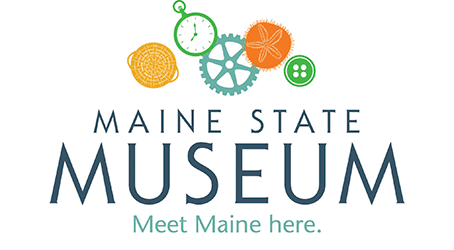
A Revolution on the Ground
Ordinary farmers challenged the claims of politically-connected land speculators, called proprietors, who owned millions of acres in the “District of Maine.”
To colonize the District of Maine, the English King granted unsurveyed Wabanaki land to politically-connected men who became known as proprietors. These land speculators asserted English control over the land by forming companies to sell land to settlers and export valuable timber.
After the Revolution, many settlers in the District of Maine challenged the rights of proprietors who were often absentee landowners and remained loyal to England. Some farmers believed that by abandoning the patriot cause, the new state of Massachusetts, of which Maine was a part, should seize these loyalists’ lands and open it to settlement.
Many of these new settlers were Revolutionary War veterans were inspired by the war’s quest for freedom. Many ordinary settlers thought of themselves as Liberty Men, whose creation of new farms from wilderness through their own labor fulfilled the ideals of the American Revolution. Just as the nation had become independent through the American Revolution, so, too, farm families could be independent via their possession of land formerly claimed by proprietors.
The Massachusetts 1780 constitution, however, provided that all pre-war land grants were binding. Loyalist proprietors could keep their land, squelching the dreams of poor farmers to purchase inexpensive state-owned property.
This compass was said to have been used to survey townships in the western Maine towns of Harrison, Otisfield, and Gray. The proprietor of these lands was Harrison Gray Otis, a Boston politician who inherited land through his great-great uncle, John Gorham II (1651-1715). Gorham was originally granted the land as a reward for fighting the Wabanaki in 1690.
This overcoat is a rare surviving example of an ordinary farmer’s clothing from the early 1800s. It was worn by Judah Drisko who lived in Addison, east of Ellsworth in Washington County, Maine.
Denim Frockcoat, worn by Judah Drisko (1772-1849), Addison, Maine, ca. 1830, Maine State Museum, Gift of John Bucknam Drisko, 82.78.30
This overcoat is a rare surviving example of an ordinary farmer’s clothing from the early 1800s. It was worn by Judah Drisko who lived in Addison, east of Ellsworth in Washington County, Maine.



